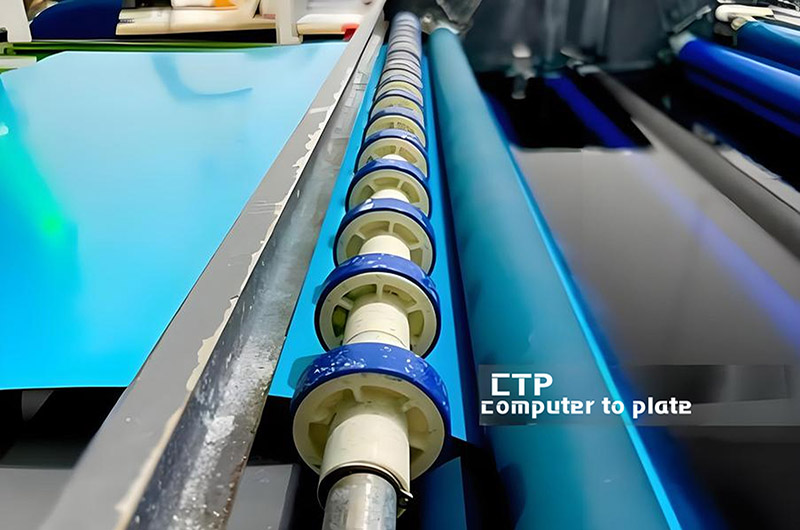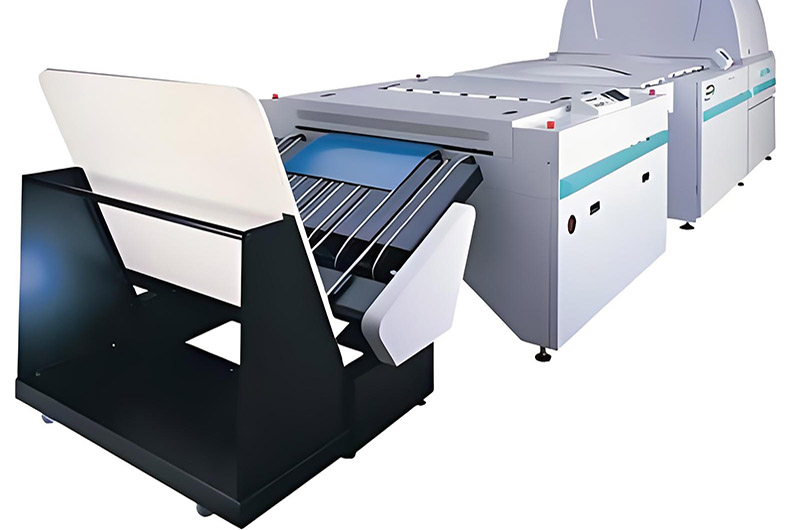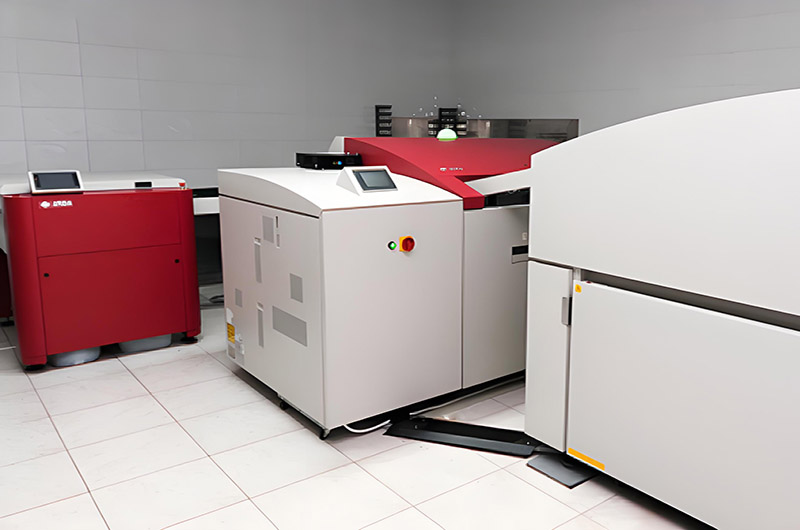Mar. 20, 2025
CTP (Computer-to-Plate) is a digital prepress technology used in the printing industry that bypasses the traditional film-based method and directly transfers digital designs onto printing plates. This process improves accuracy, shortens time, and enhances cost efficiency.
Computer-to-Plate (CTP) is a modern imaging technology primarily used in offset printing, eliminating the need for traditional film intermediaries. Instead of outputting digital files to photographic film (as in older computer-to-film or CTF processes), CTP directly transfers the digital image onto the printing plate. This direct imaging improves image quality, accelerates production, and reduces material waste and chemical usage.

Artwork Creation:
The process begins with designing the image or layout using desktop publishing software such as Adobe InDesign, Illustrator, or Photoshop.
Raster Image Processing (RIP):
The digital file is processed by a RIP, converting the design into high-resolution raster data. This step prepares the file for precise imaging through processes such as color separation, screening, and calibration.
Plate Loading:
The plate (usually made of aluminum coated with a photosensitive emulsion) is loaded into the CTP machine (also known as a typesetting machine).
Imaging Methods:
Depending on the machine design, there are several types of CTP systems:
Exposure:
A laser diode or ultraviolet (UV) light selectively hardens (or removes) the photosensitive coating based on the digital image data, thereby exposing the plate. The required wavelength and energy depend on the type of plate (photosensitive polymer, silver halide, or thermosensitive plate).

Developing:
After exposure, the plate undergoes a developing process where the unexposed (or in some cases, exposed) areas of the coating are washed off. This chemical process reveals the image that will transfer ink on the printing press.
Drying and Finishing:
After developing, the plate is dried and may undergo additional treatments (such as post-exposure or curing) to ensure stability and durability during the printing process.

The CTP process begins by converting the digital artwork into high-resolution raster images via RIP software. These data are then directly transferred to the photosensitive plate using a CTP machine. Through precise exposure with lasers or UV lights, the desired printing image is created. Subsequent developing, drying, and finishing steps complete the plate, preparing it for high-quality offset printing—while improving efficiency, reducing waste, and providing clearer, more consistent printing results.
Users viewing this material also viewed the following
Further reading: ctp platectp machinectp plate making machinecomputer to plate ctpctp plates for offset printingctp printingctp computerctp computer to platectp computer to plate machinectp machine for printingctp offset machinectp offset printingctp offset printing platesctp plate machinectp printing plateplate ctp